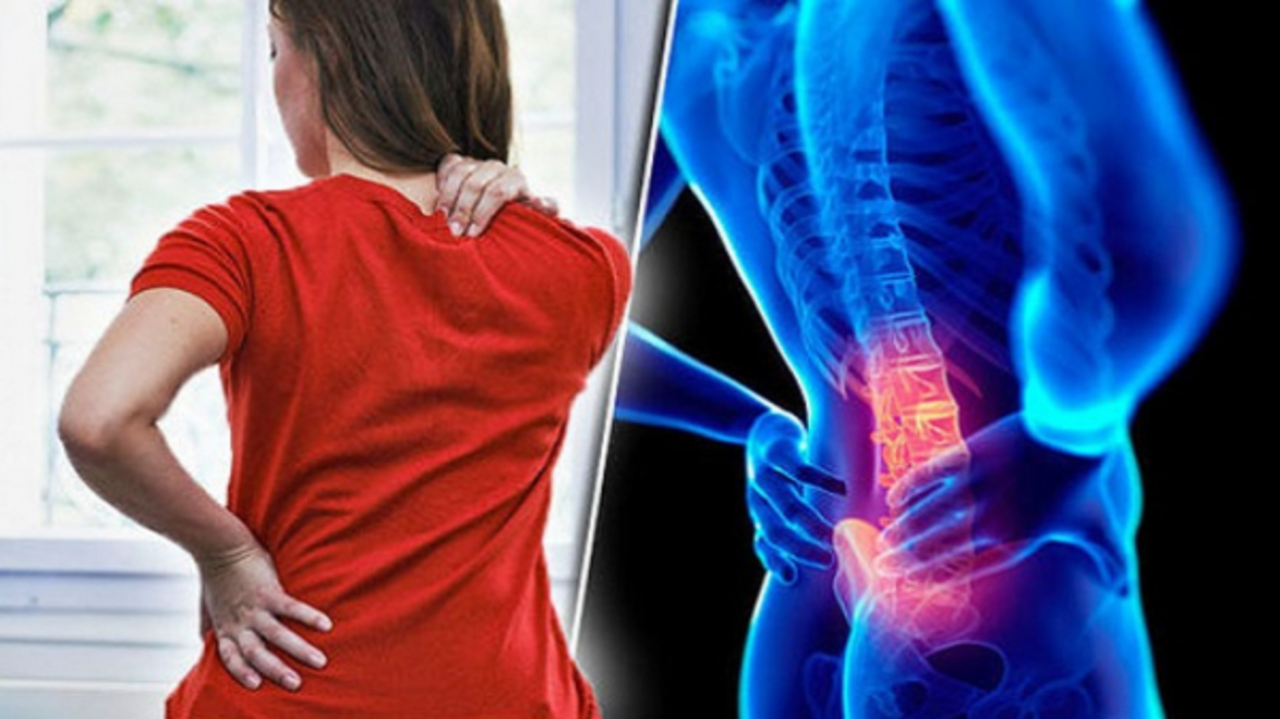Prevent Backache: Simple Daily Habits That Work
Most people blame a single injury for back pain, but in reality tiny daily habits add up. Up to 80% of adults will have back pain at some point, and many episodes come from long-term posture, weak muscles, or repeated strain. The good news: small, consistent changes cut risk a lot. Here’s a short, practical guide you can use right away.
Posture & Movement: Fix the basics
Sit like you mean it. Keep your feet flat on the floor, knees at hip level or slightly lower, and a small lumbar support behind your lower back. Move your monitor so the top of the screen is at eye level — no craning your neck. If you use a laptop, add an external keyboard or raise the screen.
Stand smart. Shift weight between feet, keep knees soft (not locked), and avoid leaning forward for long periods. When standing for long tasks, use a footrest or a low step to alternate which foot bears more weight every few minutes.
Lift with a hip hinge, not your back. Bend at the hips and knees, keep the load close to your body, brace your core, and stand up using your legs. Avoid twisting while holding weight — turn your feet instead.
Daily Habits and Strength: Build resilience
Strengthen your core and glutes — they protect the spine. Simple exercises work well: planks (start 20–40 seconds), bird-dogs (2–3 sets of 10 per side), and glute bridges (2–3 sets of 10–15). Do these three times a week and you’ll notice more stability.
Stretch tight muscles. A tight hamstring or hip flexor pulls on the lower back. Try a standing hamstring stretch and a kneeling hip flexor stretch for 30–45 seconds on each side after activity. Gentle daily mobility like cat-cow or pelvic tilts for 1–2 minutes helps stiffness in the morning.
Split sitting and standing. If you have a desk job, change posture every 30–60 minutes. Use a timer to remind you to stand, walk 2–3 minutes, and do a few shoulder rolls. Those micro-breaks lower strain more than one long break.
Sleep and shoes matter. Use a medium-firm mattress and sleep on your side with a pillow between your knees, or on your back with a pillow under your knees. Avoid sleeping on your stomach. Wear supportive, cushioned shoes if you’re on your feet a lot — flat, unsupportive shoes increase back stress.
Watch your weight and activity load. Extra body weight increases spinal load. Even small weight loss reduces strain. When taking on heavy chores, split loads, use a cart, or get help.
When to get help: see a clinician if you have leg weakness, numbness, loss of bladder or bowel control, or fever with back pain. For ongoing pain that limits work or sleep, a physical therapist can give a targeted plan.
Pick two changes and use them for four weeks — a short daily routine plus posture checks is a powerful combo. Small, consistent moves beat one-time fixes every time.

How to Prevent Backache During Long Drives
During my long drives, I've found that preventing backache is essential for a comfortable and enjoyable journey. One helpful tip is to maintain a proper posture while driving and adjusting the seat accordingly. Taking regular breaks to stretch and walk around also helps in reducing the strain on the back. Additionally, using lumbar support cushions and adjusting the steering wheel position can further alleviate back discomfort. Lastly, remember to stay hydrated and maintain a healthy lifestyle to keep your back muscles strong and flexible.
